Idea by
Imke Woelk, Dr. Ing. architect
Call for ideas 2020
HYPERCITY Berlin-Hamburg, Germany
HYPERCITY Berlin-Hamburg, Germany
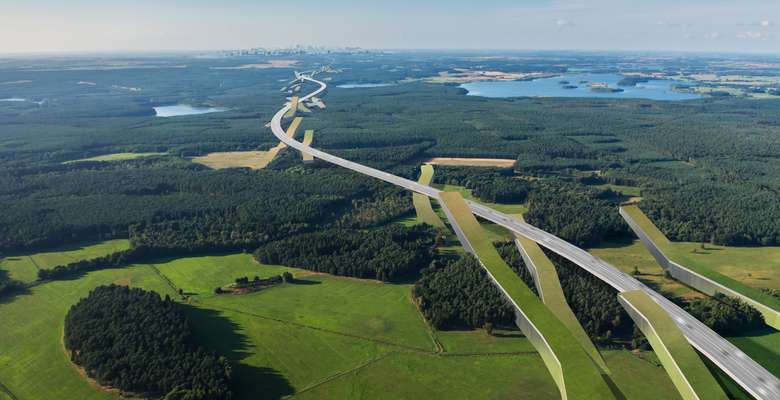
- Systemic changes
HYPERCITY offers an alternative to contemporary urban developments with sprawling agglomerations and unrestrained vertical growth. An existing highway is converted into a development axis for a new resource-saving urbanism. Less long-distance mobility will be generated and more efficient mobility systems could be developed. The new proximity of flexible structures for work, leisure and housing would reduce the weekly exodus of city dwellers to the countryside and make the polarity of city and countryside obsolete. An urban agriculture in a much closer natural landscape would be possible. The linear structures would remove the narrowness of the common city centers. Hypercity would contrast the centralist city model with all its logistical and social problems by creating open band spaces that are urban and landscape-oriented. These would be efficiently linked to existing infrastructures and offer a new balance between nature and man-made environment.
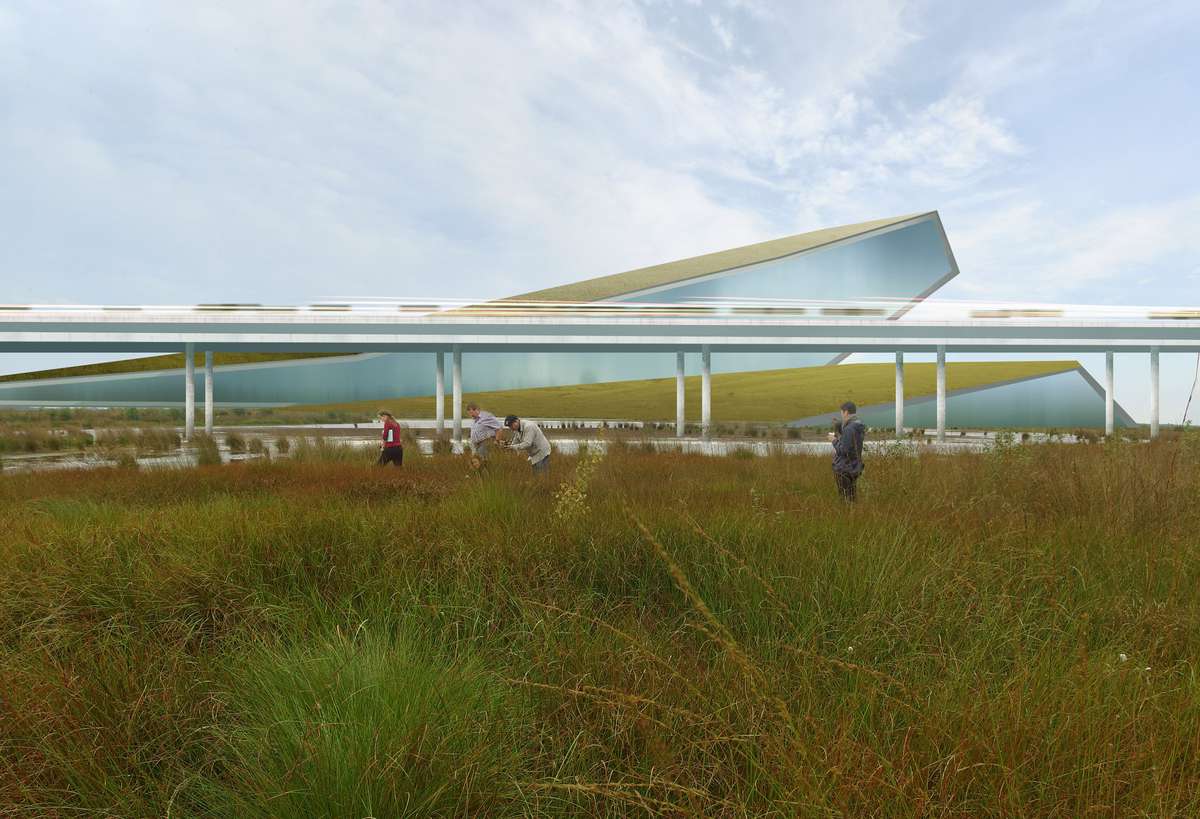
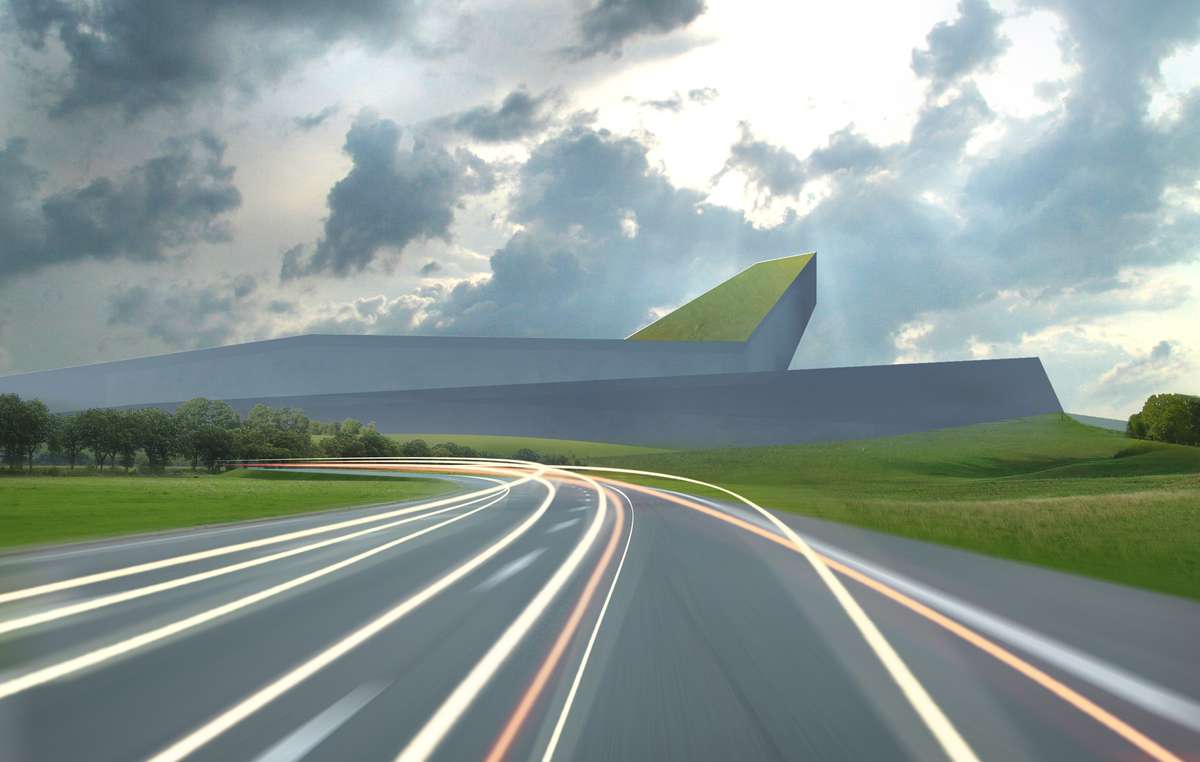

left: Renault ‚the Float‘, Study model of Yunchen Cai, Central Saint Martins, London, 2017 (source: https://autodesignmagazine.com/en/2017/09/the-float-vince-design-competition/)
right: Highways Industry, Online Magazin, 2015 (source: https://www.highwaysindustry.com/what-are-the-challenges-for-highways-engineers-of-the-future/)
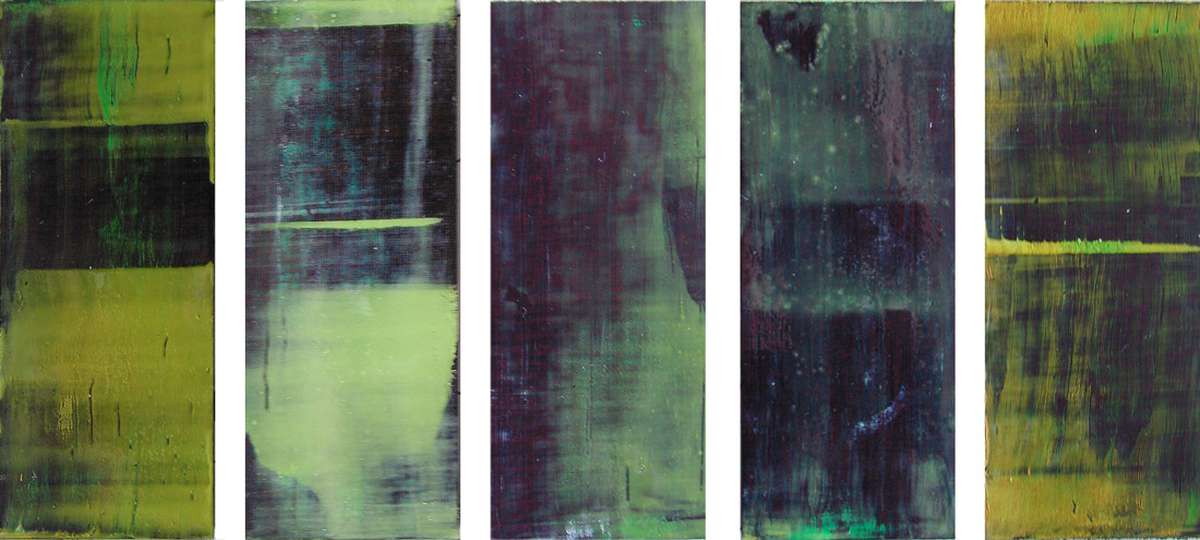
Growth plan I-V, Acrylic on foamboard panel, 10 x 4 cm, 2002
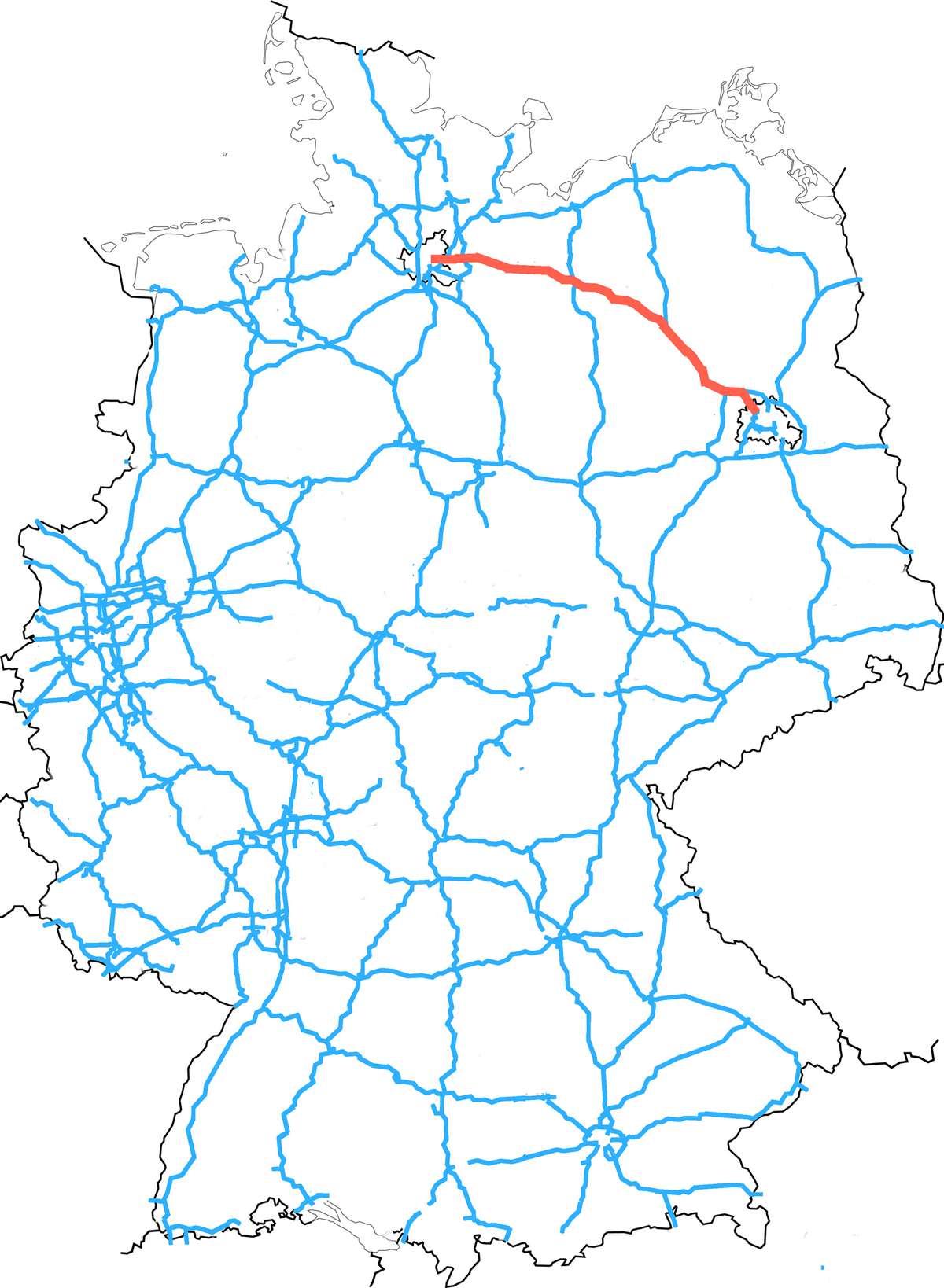
Hyper Highway Berlin-Hamburg (red), existing highway network Germany (blue)
HYPERCITY Berlin-Hamburg, Germany
HYPERCITY Berlin-Hamburg, Germany

- Systemic changes
HYPERCITY offers an alternative to contemporary urban developments with sprawling agglomerations and unrestrained vertical growth. An existing highway is converted into a development axis for a new resource-saving urbanism. Less long-distance mobility will be generated and more efficient mobility systems could be developed. The new proximity of flexible structures for work, leisure and housing would reduce the weekly exodus of city dwellers to the countryside and make the polarity of city and countryside obsolete. An urban agriculture in a much closer natural landscape would be possible. The linear structures would remove the narrowness of the common city centers. Hypercity would contrast the centralist city model with all its logistical and social problems by creating open band spaces that are urban and landscape-oriented. These would be efficiently linked to existing infrastructures and offer a new balance between nature and man-made environment.
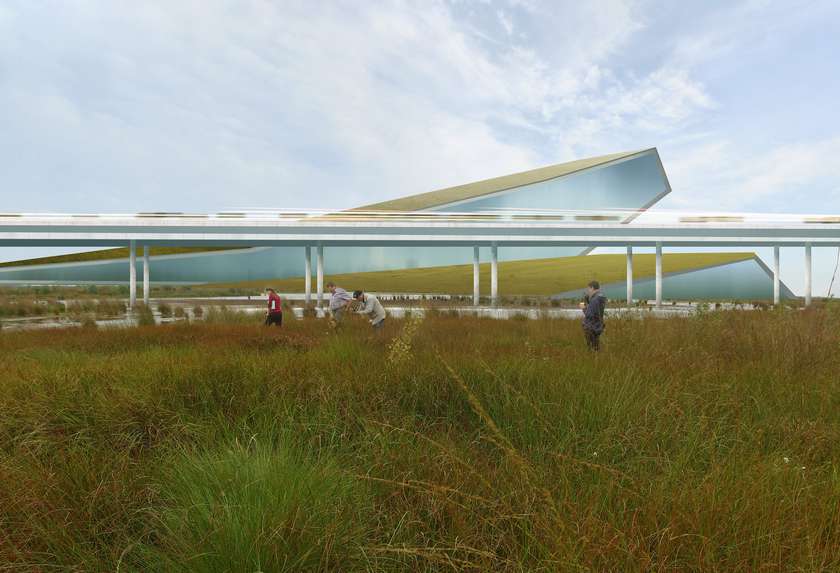
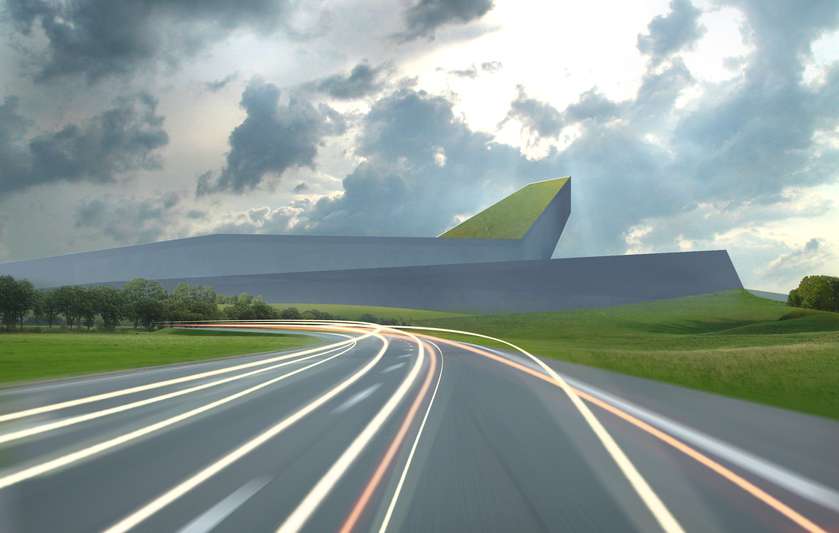

left: Renault ‚the Float‘, Study model of Yunchen Cai, Central Saint Martins, London, 2017 (source: https://autodesignmagazine.com/en/2017/09/the-float-vince-design-competition/)
right: Highways Industry, Online Magazin, 2015 (source: https://www.highwaysindustry.com/what-are-the-challenges-for-highways-engineers-of-the-future/)
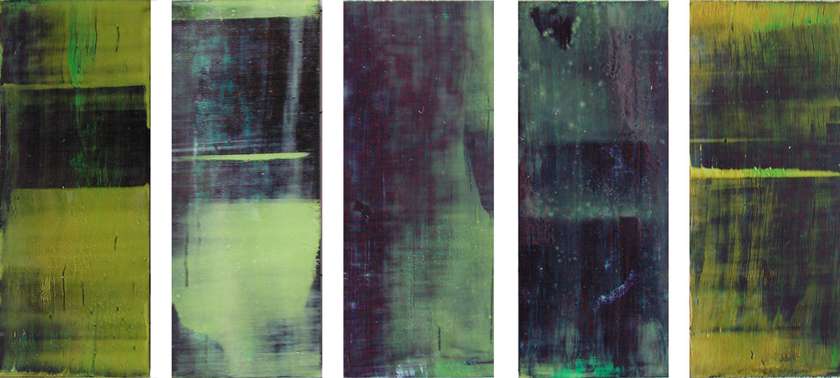
Growth plan I-V, Acrylic on foamboard panel, 10 x 4 cm, 2002

Hyper Highway Berlin-Hamburg (red), existing highway network Germany (blue)